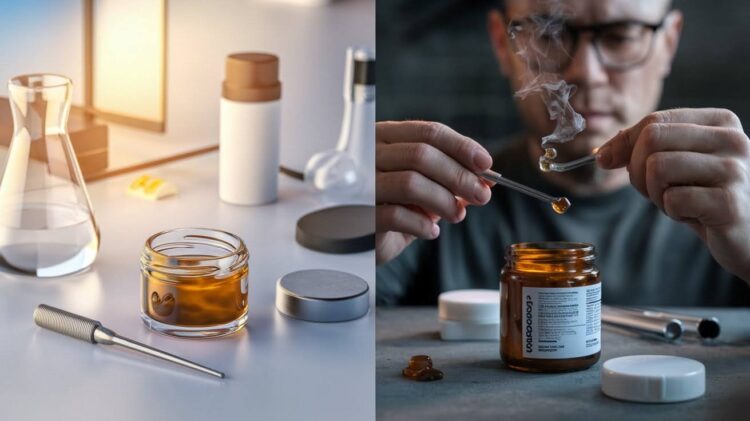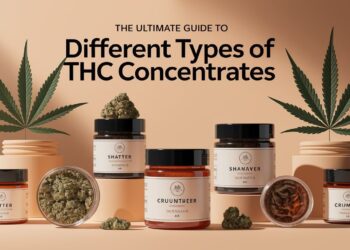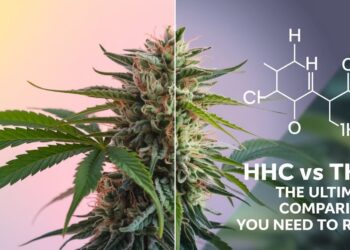Live resin is one of the most talked-about cannabis products today, but is it safe? That’s a fair question, especially with so many options on the market. I’ve spent years working with cannabis users, growers, and product makers, and I know how confusing this space can be.
In this guide, I’ll share what I’ve learned through research, expert input, and real-world use. We’ll talk about how live resin is made, how it compares to other products, what signs of quality to look for, and how your body might react.
You’ll also learn about safe dosing, possible risks, and how to spot unsafe or poorly made products. The goal here is simple: give you the facts, not guesses or hype. By the end, you’ll have the info you need to use live resin safely or decide if it’s right for you at all.
What Is Live Resin and Why Are There Safety Concerns?
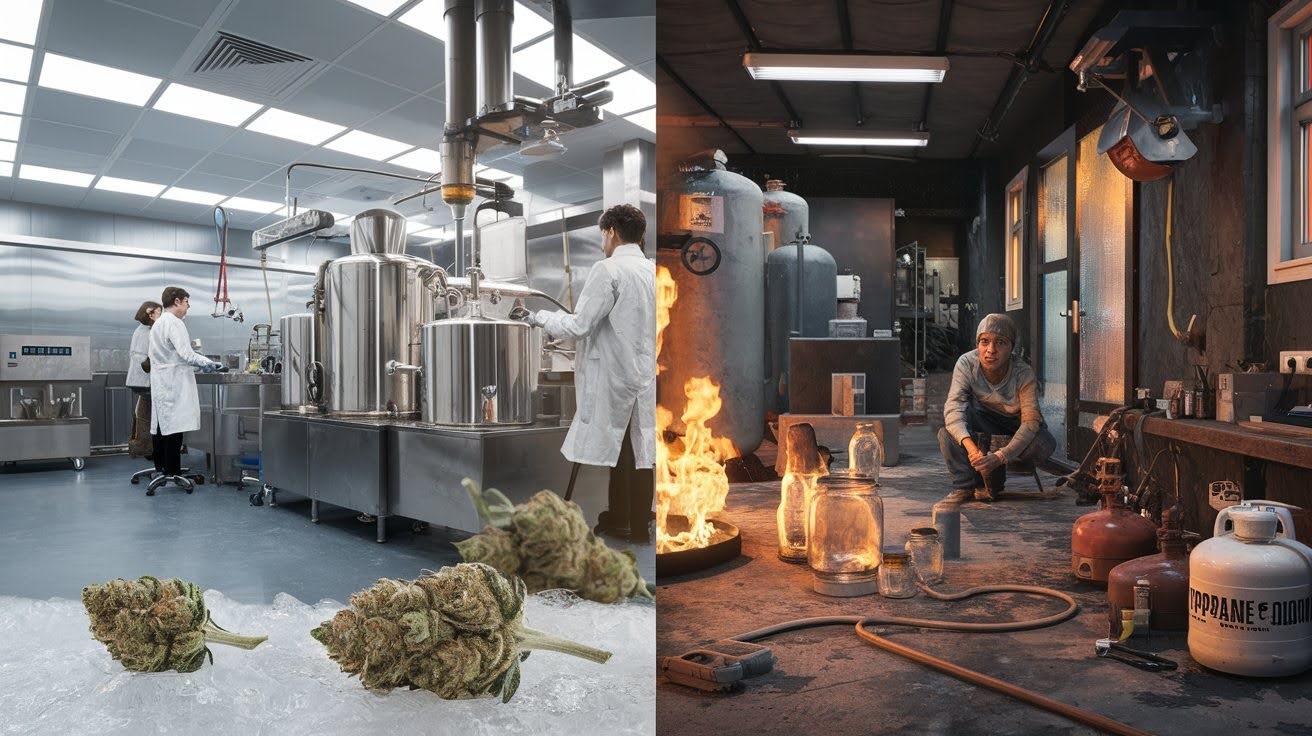
Live resin is a cannabis concentrate made by freezing plants immediately after harvest to preserve flavor compounds. Producers use butane or propane extraction, which poses significant safety risks.
Key Safety Concerns:
- Solvents are highly flammable and toxic
- Improper purging can leave harmful chemicals in the final product
- Home production has caused explosions, fires, and chemical burns
- High THC content (65-95%) vs regular flower (15-25%) increases overdose risk
The extraction process requires professional equipment and expertise to safely remove all solvent residues. DIY attempts have resulted in serious injuries and property damage from gas leaks, explosions, and toxic fume exposure.
The Direct Answer: When Live Resin Is Dangerous vs. Safe
Let me give you the straight facts. Live resin isn’t inherently dangerous or safe – it depends entirely on how it’s made and how you use it. The key difference? Quality control and smart consumption.
What Makes Live Resin Dangerous?
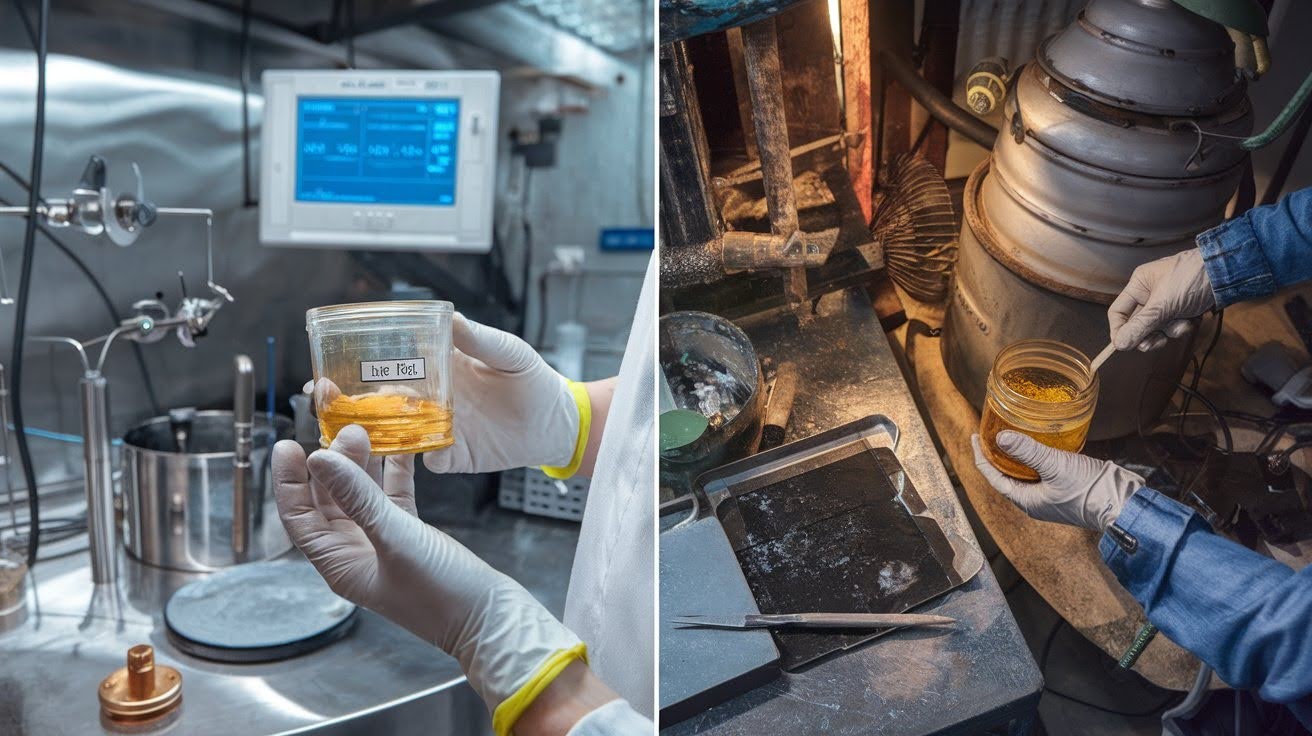
Untested products are your biggest threat. Street dealers and unlicensed sellers often skip safety testing entirely. You have no idea what chemicals remain in their products.
I can’t stress this enough: residual solvents are toxic. Homemade extractions top the danger list. People without proper equipment create products loaded with butane or propane.
They also risk explosions during the process itself. Overconsumption happens fast with live resin. The extreme potency catches users off guard. One small dab can contain more THC than an entire joint of regular cannabis.
Here’s what else makes live resin risky:
- High-temperature methods that burn your lungs
- Unlicensed products with pesticides
- Heavy metal contamination from bad equipment
- No dosing guidelines on the packaging
Temperature matters more than you think. Taking hits that are too hot can damage your respiratory system over time.
When is Live Resin Safe?
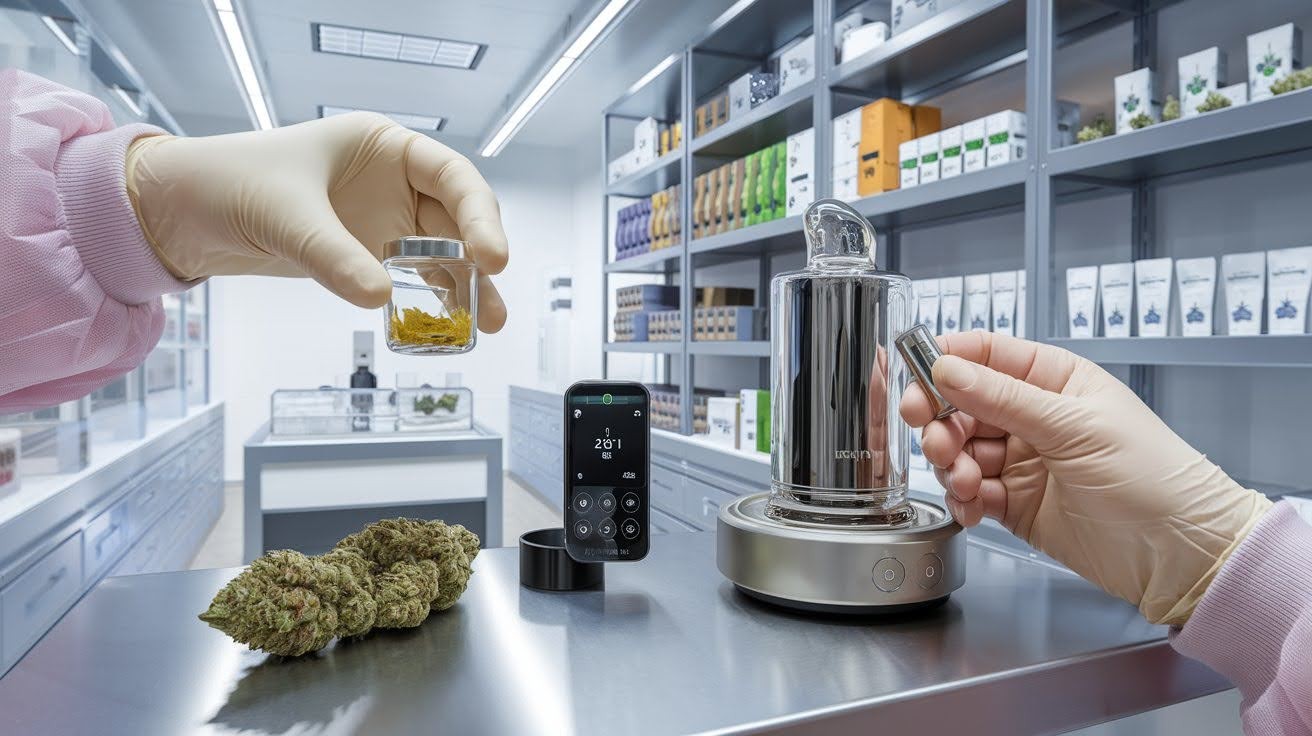
Licensed dispensaries change everything. These products undergo mandatory lab testing for solvents, pesticides, and heavy metals. A Certificate of Analysis (COA) is your safety net.
This document shows exactly what’s in your product. Look for:
- Solvent levels below safety limits
- Pesticide test results
- Heavy metal screening
- Cannabinoid percentages
Responsible consumption means starting tiny. I recommend that beginners use amounts smaller than a grain of rice. Wait at least 15 minutes between doses. Know your tolerance limits.
What works for experienced users might overwhelm newcomers completely. Proper temperature control protects your lungs. Use a thermometer or electronic device to keep temperatures between 315-450°F.
The bottom line? Quality products plus smart usage equals safe consumption. Skip the shortcuts and stick to tested, licensed live resin from reputable sources.
Consumption Methods and Their Risk Levels
Different ways of using live resin carry different levels of risk. Your consumption method directly affects your safety. Let me break down the most common approach and why it’s concerning.l
Dabbing: Highest Risk Method
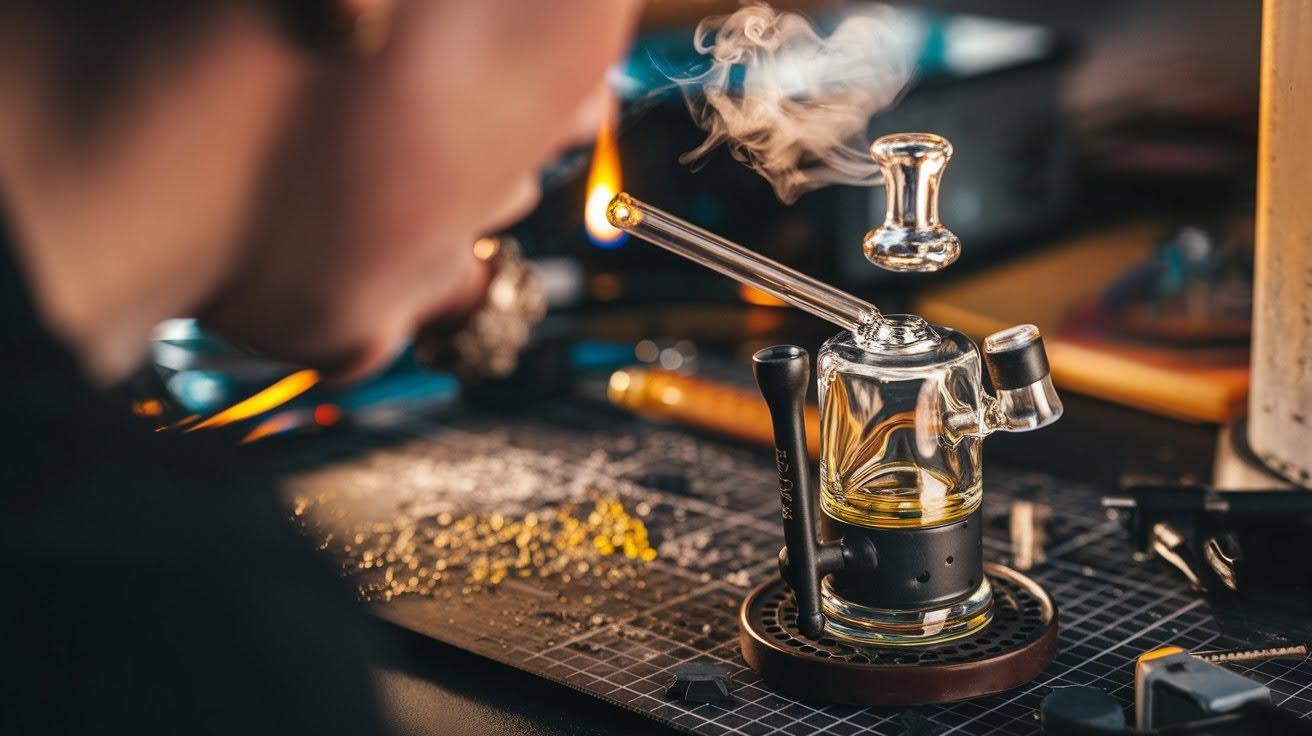
Dabbing involves extreme heat – we’re talking 500-700°F temperatures. That’s hot enough to cause severe burns if you’re not careful. But the real danger? Your lungs.
High-temperature vapor hits your respiratory system hard. Much harder than smoking regular cannabis. The intense heat can cause immediate throat and lung irritation. Potency becomes a significant problem with dabbing.
You get massive amounts of THC in seconds. This makes it incredibly easy to consume too much too fast. Dabbing creates severe coughing fits from hot vapor, instant overwhelming effects, potential for respiratory damage, and burns from hot equipment.
The combination of extreme heat and high potency makes dabbing the riskiest way to use live resin. I’ve seen people pass out from taking dabs that were too large. Your body can’t handle that much THC at once.
Vaping: Moderate Risk Option
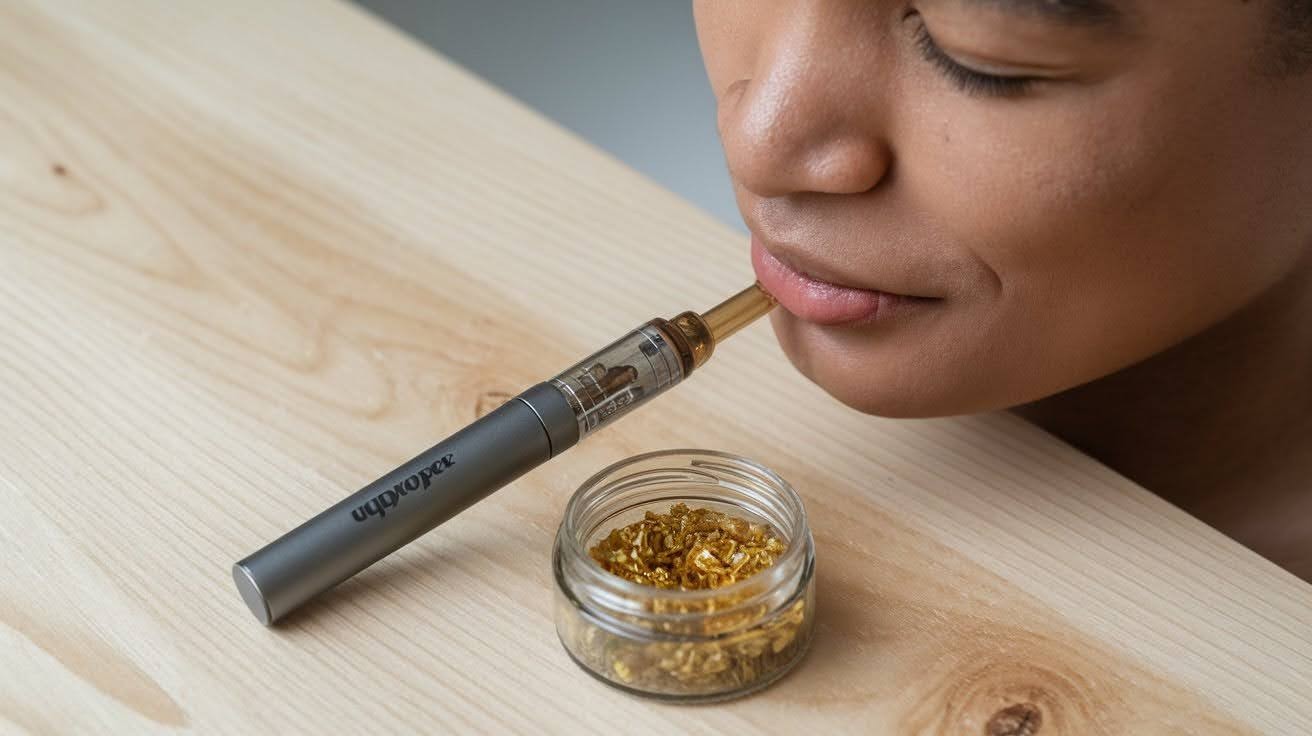
Vaping live resin operates at much lower temperatures than dabbing. Most vaporizers heat concentrates between 315-450°F. That’s still hot, but far gentler on your system. The respiratory impact decreases significantly.
You’ll experience less coughing and throat irritation compared to dabbing. However, there’s a catch. We don’t know the long-term effects of inhaling concentrated vapor regularly. The research isn’t there yet.
You’re still putting heated substances into your lungs, which carries some risk. Vaping reduces respiratory concerns but doesn’t eliminate them. Your lungs weren’t designed to inhale heated oils and compounds regularly.
Temperature control becomes your friend with vaping. Lower settings mean less harsh vapor and potentially fewer health risks.
Edibles: Lowest Risk Consumption
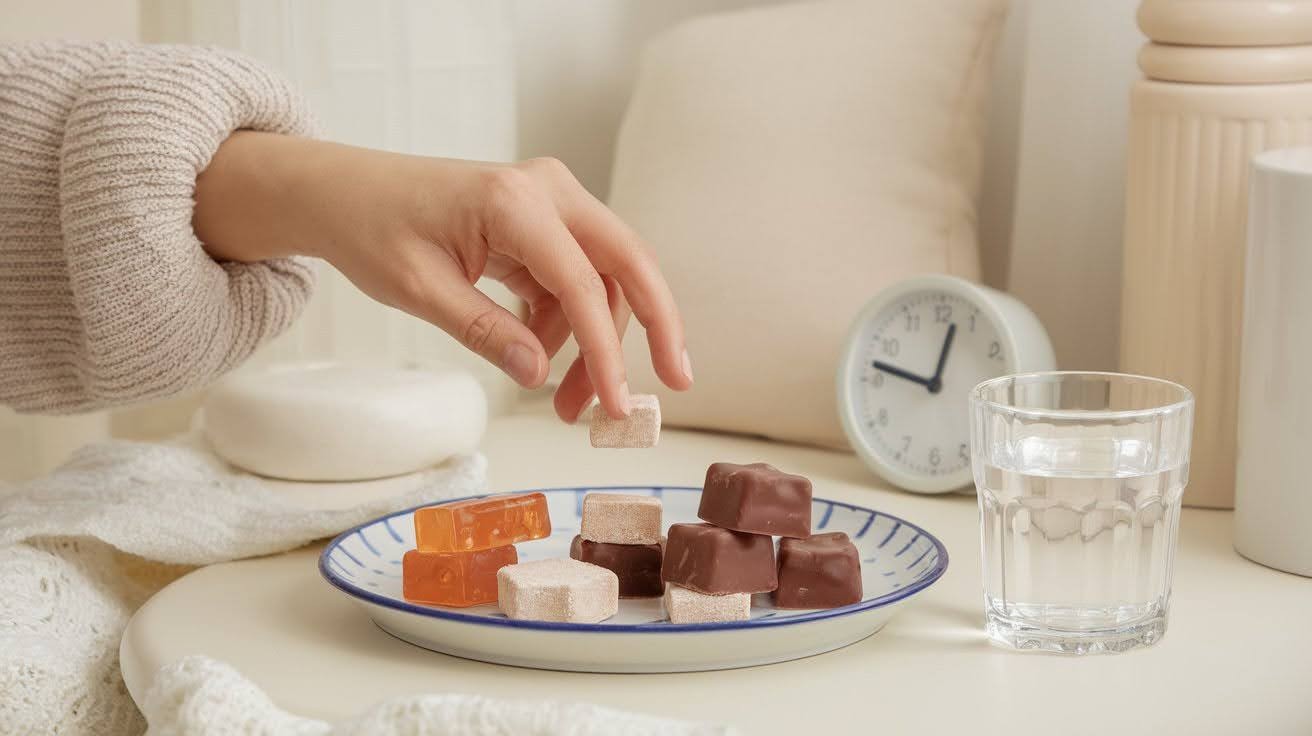
Edibles change the game completely, no smoking, no vaping, no heated inhalation required.
Your lungs stay entirely out of the equation. This eliminates the most significant health concern with live resin consumption.
The longer onset time protects you. Effects take 30-90 minutes to kick in. This prevents the dangerous overconsumption that happens with dabbing.
You can’t accidentally take too much because you feel the effects gradually. Your body processes edibles through your digestive system instead of your respiratory system.
Edibles made with live resin offer the full spectrum of effects without the inhalation risks. This makes them the safest option for most users.
Specific Health Risks and Dangers
Live resin carries real health risks that you need to understand before using it. I’m going to break down the main dangers so you can make informed decisions.
These aren’t scare tactics. These are documented effects that happen to real users.
High Potency-Related Dangers

The extreme THC concentration causes problems fast. When you consume too much, your body reacts strongly. Anxiety and paranoia hit first.
Many users describe feeling like something terrible is about to happen. This can turn into full panic attacks that feel like medical emergencies. Your heart rate speeds up dramatically.
Some people feel like their heart might explode. Dizziness follows, making it hard to stand or walk safely. Coordination disappears when you’re too high.
Simple tasks become impossible. Your thinking gets foggy, and memory formation stops working correctly. Here’s the scary part: impaired perception leads to accidents.
People fall down stairs, burn themselves on hot surfaces, or make dangerous driving decisions.
Inhalation-Specific Health Risks
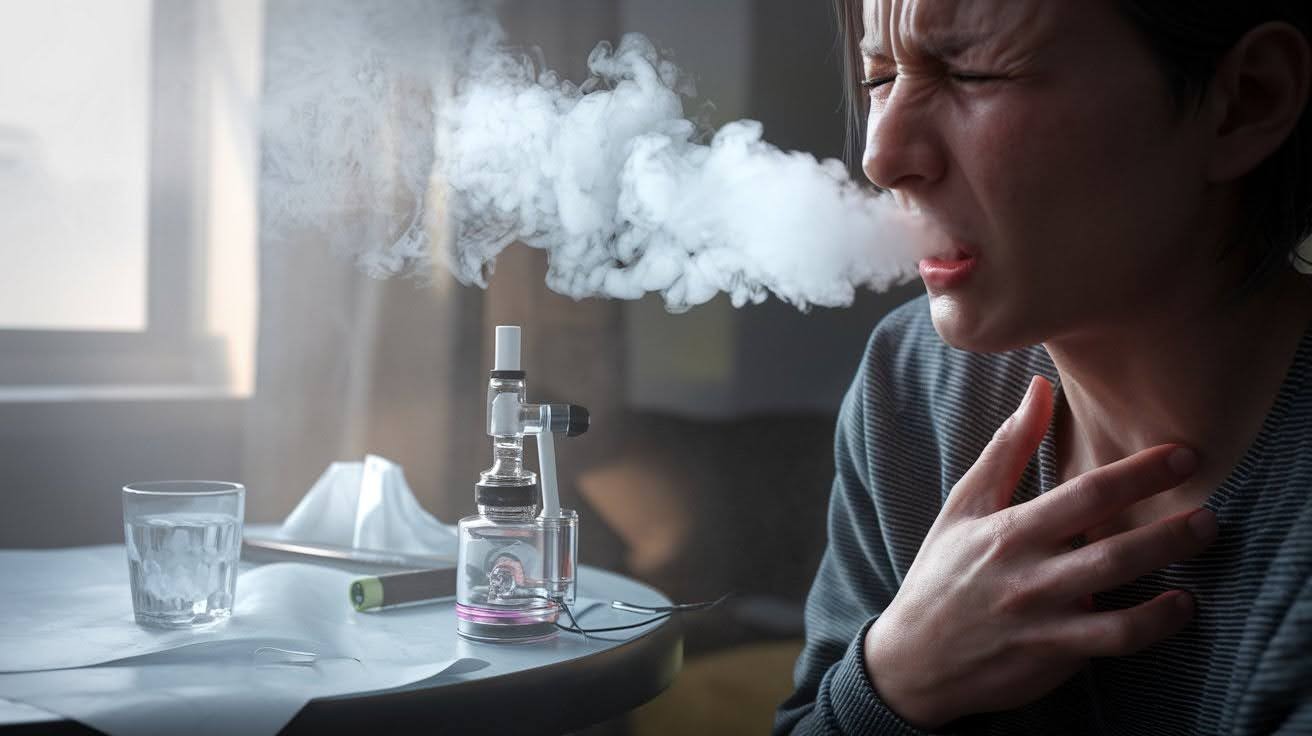
Regular high-temperature inhalation damages your lungs over time. The heated vapor creates inflammation in your respiratory system. Throat irritation becomes chronic for heavy users.
That persistent cough isn’t just annoying – it’s a sign of tissue damage. Higher terpene levels in live resin cause respiratory sensitivity in some people. These compounds can trigger asthma-like symptoms or allergic reactions.
We don’t know the long-term effects of inhaling concentrated cannabis vapor regularly. Your lungs might be paying a price we won’t see for years.
Contamination Dangers
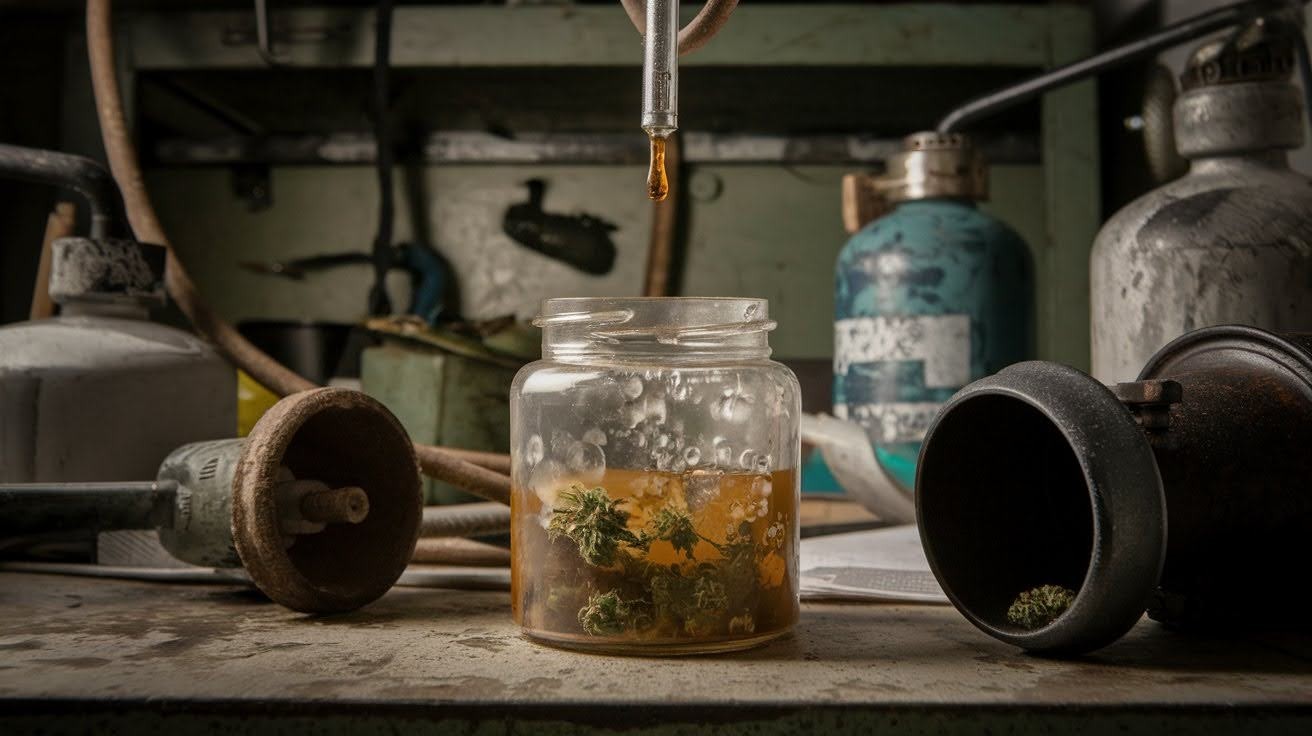
Residual solvents are toxic poisons. Poorly purged products contain butane or propane that damages your organs when consumed. Heavy metals from cheap extraction equipment end up in the final product.
These accumulate in your body over time. Pesticides and microbial contamination from unlicensed manufacturing create serious health hazards.
You’re consuming chemicals never meant for human consumption. Chemical exposure from sketchy labs puts unknown substances in your body.
How to Minimize Live Resin Dangers?
You can use live resin more safely by following specific guidelines. The key is making wise choices about what you buy and how you use it. Let me show you exactly how to protect yourself.
Safe Product Selection
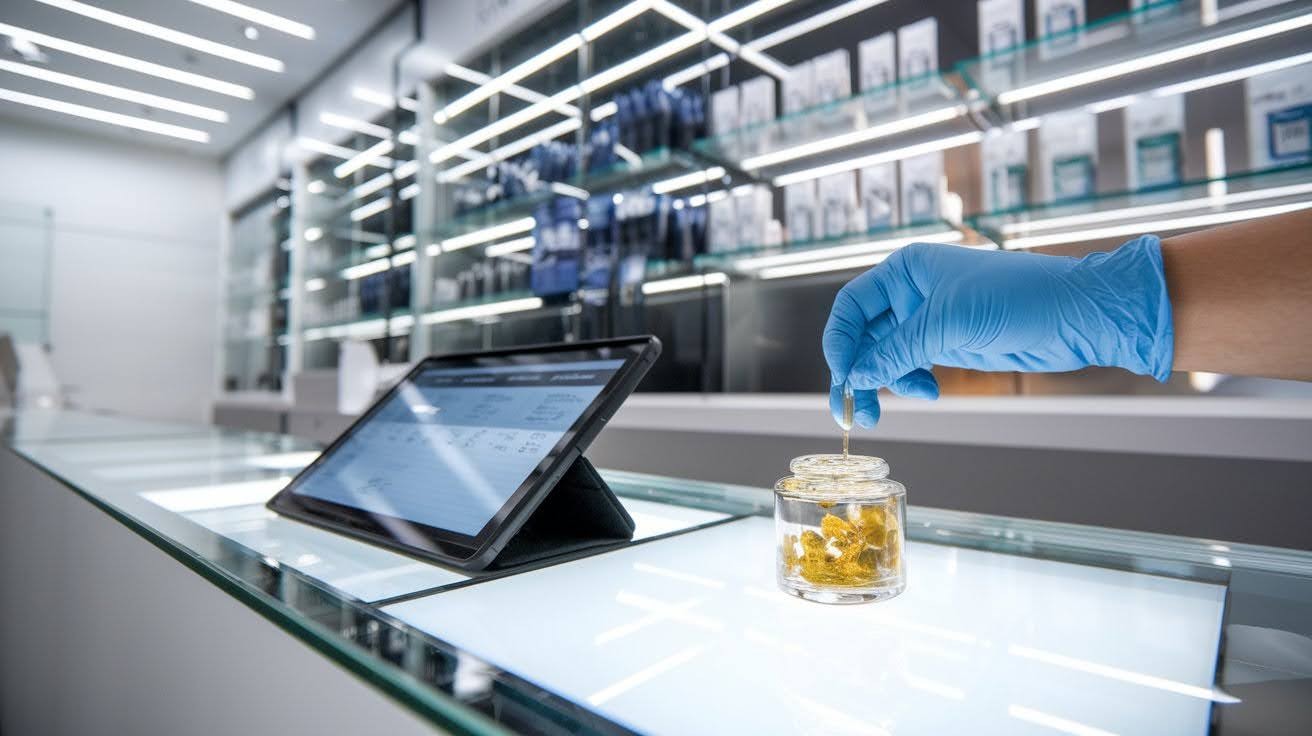
Licensed dispensaries are your only safe option. These stores must test their products for contaminants and solvents before selling them.
Certificate of Analysis verification is crucial. This document shows that residual solvents are under safe limits. If a product doesn’t have a COA, don’t buy it.
Avoid suspiciously cheap products. Quality testing costs money. Rock-bottom prices usually mean corners were cut during production or testing.
Safe Consumption Practices
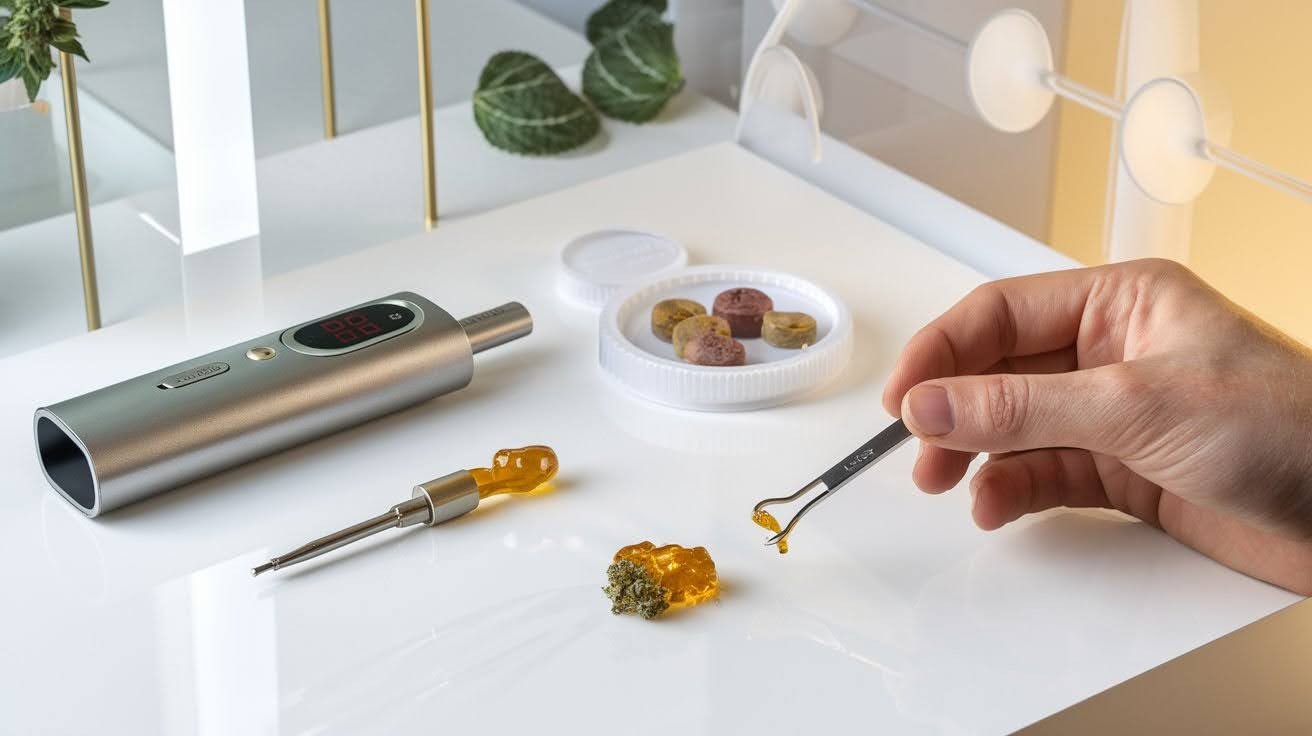
Start with amounts smaller than a grain of rice. The 65-95% THC content makes live resin incredibly potent. You can always take more, but you can’t take less.
Choose edibles over inhalation whenever possible. Your lungs will thank you later.
Never attempt home extraction. The explosion and fire risks aren’t worth it.
People have died trying to concentrate at home. Use temperature-controlled equipment if you’re vaping. This prevents overheating and reduces lung damage.
Conclusion
So, is live resin dangerous? The answer depends entirely on your choices. Quality matters. Lab-tested products from licensed dispensaries are generally safe when used responsibly.
Street products and homemade extracts pose serious risks you shouldn’t take. Your consumption method and dosing practices determine your safety level. Start small, choose safer methods like edibles when possible, and always know your limits.
You now know how to make informed decisions about live resin use. No more guessing or worrying about whether you’re putting yourself at risk.
Stay safe, stay informed, and make wise choices. Your health is worth the extra effort to find quality products and use them properly.
Have questions about cannabis safety or want to share your experiences? Drop a comment below – I’d love to hear your thoughts on responsible consumption practices.
Frequently Asked Questions
Is live resin dangerous to use?
Live resin from licensed dispensaries with lab testing is generally safe when used correctly. Street products and homemade extracts carry serious health risks from contaminants and residual solvents.
What makes live resin potentially dangerous?
Main dangers include residual solvents in untested products, extreme potency causing overconsumption, high-temperature inhalation methods damaging lungs, and contamination from unlicensed manufacturing.
How can I use live resin safely?
Buy only from licensed dispensaries, verify Certificate of Analysis, start with tiny amounts, choose edibles over inhalation when possible, and use temperature-controlled equipment.
Is dabbing live resin dangerous?
Yes, dabbing is the riskiest consumption method due to extreme temperatures (500-700°F), intense respiratory impact, and easy overconsumption from high potency delivery.
What’s the safest way to consume live resin?
Edibles are safest as they eliminate inhalation risks, prevent overconsumption through delayed onset, and allow better dose control compared to smoking or vaping methods.

